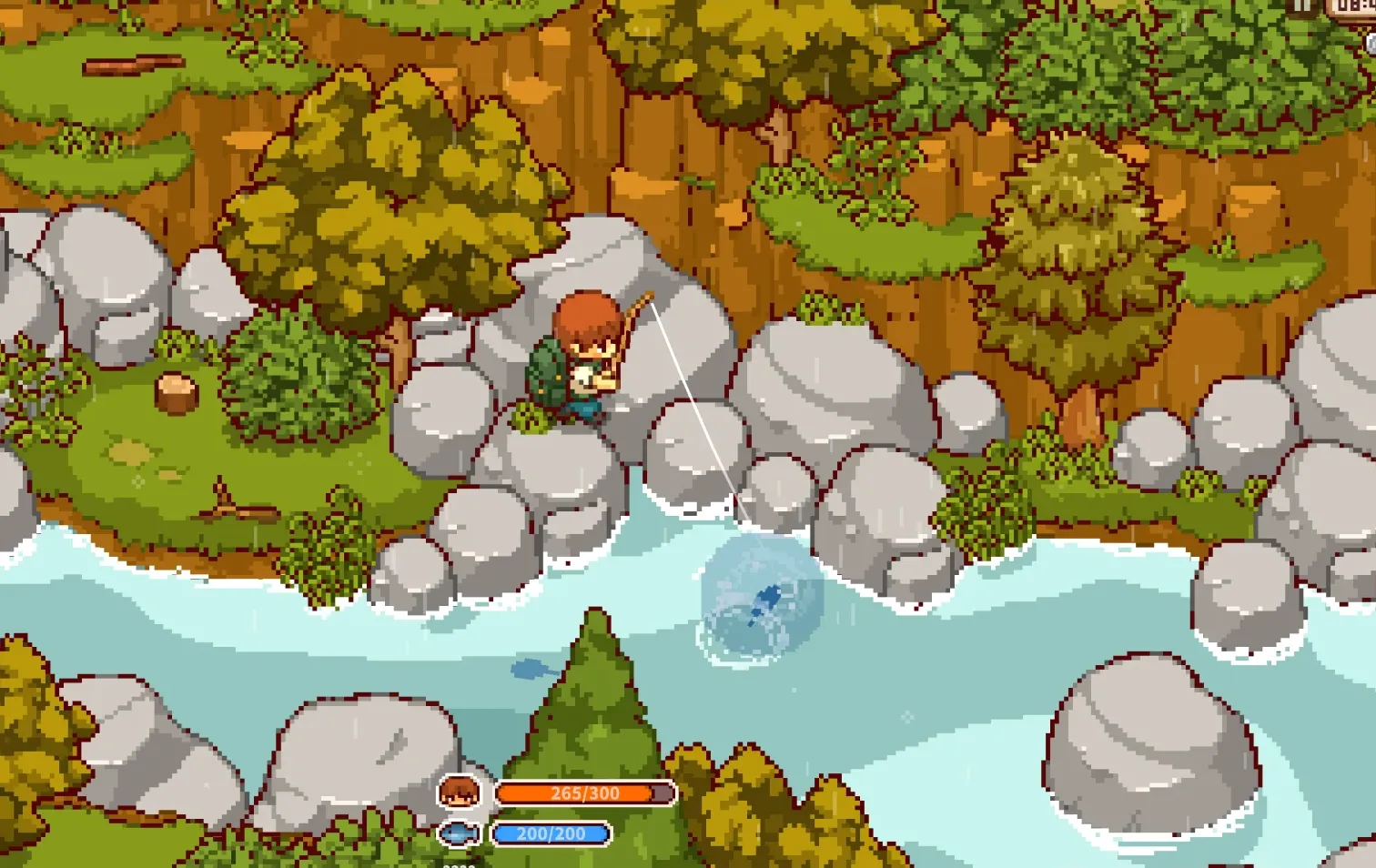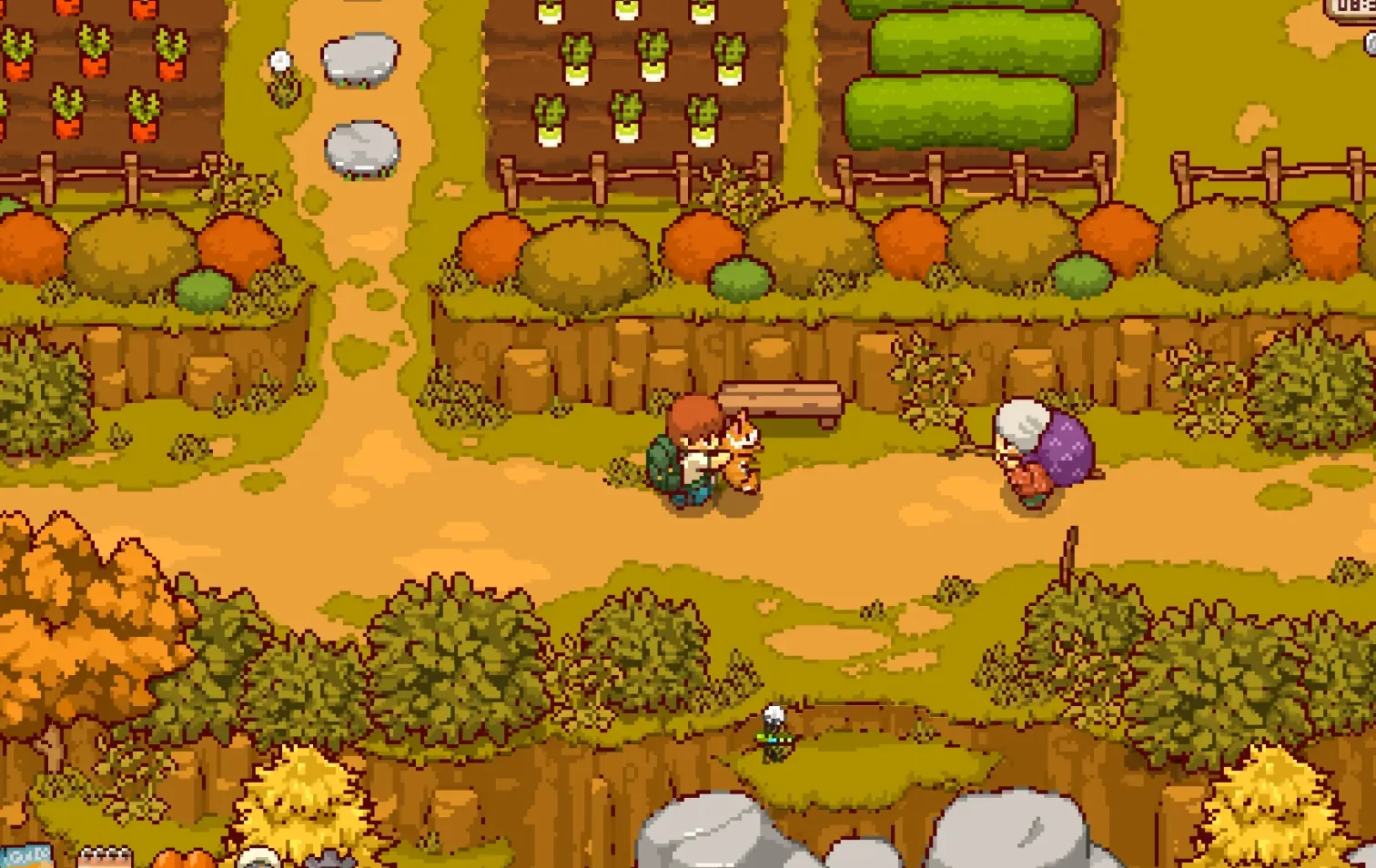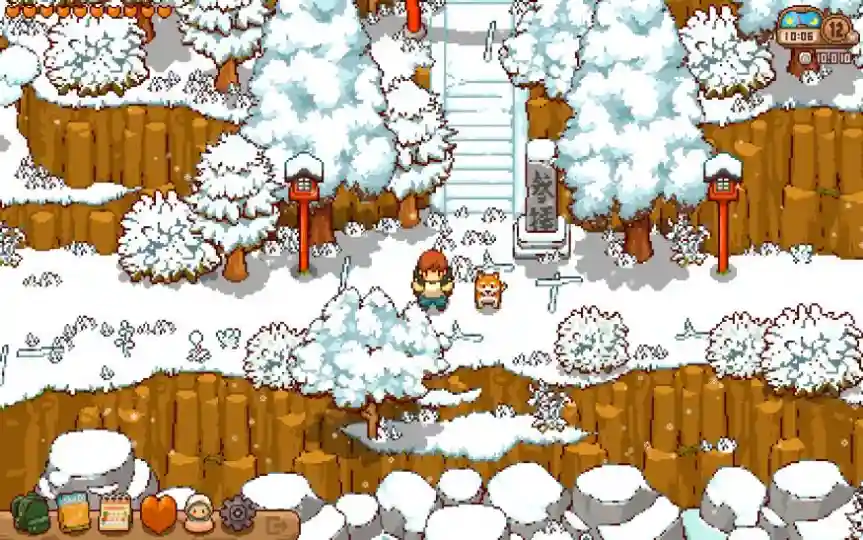Apple Arcade’s ‘Japanese Rural Life Adventure’ is a Captivating Tale of Renewal
I have contracted COVID-19 for the third time in less than two years, and each time I have found solace in gaming. Back in 2009, while battling swine flu, I immersed myself in Assassin’s Creed II. During my first bout with COVID, I delved into Red Dead Redemption 2 and discovered a narrative centered around illness and the fragility of human life. Now, amidst a year filled with highly anticipated game releases, such as Starfield and Spider-Man 2, I find myself snuggled under the covers with a lesser-known Apple Arcade game called Japanese Rural Life Adventure.
I found this gem through an X account that tweets about upcoming indie games. I took one look at the Japanese land adventure and knew I had to play it. The game features a beautiful pixel art style and a pastoral setting reminiscent of anime classics such as Only Yesterday and Wolf Children. I didn’t expect to find a heartwarming experience about the importance of community.
During its opening hours, Japan’s Rural Life Adventure plays just like Stardew Valley or any other farming sim made in the last two decades. When the game’s protagonist first arrives in the countryside, they find their new home in disrepair, with nearly every inch of the surrounding fields overgrown with weeds. But after a predictable start, the game shows its true nature.
The Japanese land adventure, almost unique among other games in the genre, does not include romantic partners for the player character. Almost everyone you meet is elderly. They complain of sore bones, bad backs and a dim future with no young people to carry on the traditions of their community.
“I was born and raised in a city, a big city. I don’t have any memories of playing in rivers or climbing mountains or anything like that,” Takeo Fujita, founder of Japanese Rural Life Adventure developer GAME START, told me via email. “I have no older relatives in the countryside. In other words, you could say that the “easy and simple countryside” in Japan Country Adventure comes from the longing I felt while watching and reading Japanese TV series and manga.
The longing for a simpler life is something that runs through the Japanese land adventure – not only in its setting, but also in its mechanics and the scale of the game. In all my time with the game, I have not become a farming mogul. At most, it is possible to plant and maintain four rice cultivation and production fields in addition to a few fruit trees. In fact, your character only has so much “work” to do in one day. And the days are long compared to the days of Stardew Valley or the recent Harvest Moon, adding to the feeling of a slower pace of life.
Japanese Rural Life Adventure constantly encouraged me to slow down and appreciate all that it had to offer beyond farming: fishing, catching bugs, cooking, and photographing wildlife, all of which come with their own fun mini-games. Sometimes I just let my character rest on the front porch to watch the cherry blossom tree pedal or bask in the glow of the Fireflies at night.

At first, Japanese Rural Life Adventure confines players to a small area around their farm. Most of the time, advancing the plot or opening a new part of the game requires the help of others. Before I could buy seeds to grow my first batch of cucumbers and daikon radishes, I first had to build a bench for the old merchant to sit and rest on. After completing a few early game objectives, such as partially restoring the local Shinto shrine, a nearby town opens up.
The city is in a sorry state when you first visit. The roads are weedy and bumpy. Almost every building falls apart. The young are long gone. It is one step away from becoming a ghost town.
As it turns out, this city is the heart of Japanese backcountry adventure. After exploring it for a bit, I meet the village chief, who tasks my character with restoring dilapidated roads and buildings, including a Buddhist temple and a schoolhouse, all in the hopes of bringing in tourists who will help revive the local economy.
I didn’t expect this from Japanese Rural Life Adventure. Japan’s declining birthrate and one of the world’s oldest populations threaten to destroy the countryside as the country knows it. A 2019 Bloomberg article, citing data from the Japan Policy Council, frames the stakes succinctly: “If current trends continue, by 2040, 869 municipalities – nearly half of Japan’s total – are at risk of disappearing.”
Fujita says that GAME START did not want to create a game about the plight of the cities and villages in his country. “When developing games, we do not consider difficult themes, such as the disappearance of rural communities or the aging of the population. We believe that games should be something to enjoy and forget about everyday life,” he said. “‘Growth’ and ‘development’ are elements that can make a game attractive to potential players. So we took ‘village revitalization’ as one of the game’s themes.”

To some extent, all games like Japanese Rural Life Adventure are interested in the community. After all, it’s safe to say that part of the reason why so many people love Stardew Valley is because of Pelican Town and all the weird and wonderful characters that live there. Directing almost all of the player’s actions towards improving an unnamed town, however, Japanese Rural Life Adventure prioritizes community in a way I hadn’t seen before in the genre. It’s also that focus that makes the game feel fresh and engaging.
Take the restoration project I mentioned earlier. The village chief compensates the player for completing assigned tasks, but I found that the money I earned was often only enough to cover the cost of the next repair I had to complete. It was more rewarding to see the results of my efforts. The project culminates in a summer festival, which requires a significant investment from the player in terms of both time and money. Before I could even start preparing for the event, I first had to repair and repaint the torii gates of the temple where the city was going to hold the festival. I was also tasked with producing the 21 chochin lanterns needed to light everything. This task took a few hours of my time, but the reward was a beautiful night party that felt like the culmination of everything I had done up to that point. The fact that I managed to release a young koi fish into the pond in front of my house was a bonus.
Often the Japanese off-road adventure doesn’t have a lot of mechanical sophistication. Watering your plants is as simple as using a single tap, and most of the other tasks involve either foraging or buying the right items, but it has a lot of heart. It was something I needed.
Japanese Rural Life Adventure is currently available for iPhone, iPad, Mac and Apple TV.




